Life with schizoaffective disorder can be rough sometimes. Between the symptoms of psychosis and the mood symptoms, things can get chaotic. That’s why it’s important that you take time to take care of yourself. Getting enough sleep, eating well, and exercise are always helpful, but here are a few more things to consider adding to your schizoaffective disorder self-care kit.
1. A weighted blanket or stuffed animal.
Whether you’re hiding from symptoms that are bombarding you, trying to slow your mind down, or organize your tangled thoughts, weighted blankets can be a great tool. They can help soothe anxiety and let you escape from the world for a while. They come in multiple different weights and styles. The rule of thumb is to choose a blanket that’s 10 percent of your body weight, but do what feels most comfortable for you. The downside is they can get expensive, but if the cost is too high, having a pet, or even another human, lean or lie on top of you can create a similar effect.
No matter what your age, a weighted stuffed animal can also provide some much needed comfort. Some have arms to wrap around you like a hug, and others can be heated up in the microwave, often accompanied by built-in aromatherapy. Many weighted stuffed animals can easily ride along in the car or accompany you to appointments. If you’re not comfortable taking your stuffed pal out in public, you can still enjoy the anxiety-reducing effects at home. Weighted stuffed animals come in a wide range of weights, features, sizes, and adorable creatures at a variety of price points.
2. Music is a staple in my self-care kit.
It can help me drown out my auditory hallucinations, soothe me, and even make me feel less alone. I’ve got playlists for all my different needs and moods. The only thing to keep in mind is the impact it can have on your emotions. As much as I love to listen to music that reflects whatever brokenness I’m feeling, it often only makes things worse if I’m already on that downward spiral. Even if it feels weird at first, I find putting on upbeat music when I’m down can help lift my mood at least a little bit. Dancing or singing along helps, too! Whether you prefer headphones or blasting a speaker, put on that song that makes you happy and let the music flow.
3. Something to keep in your pocket with a soothing texture, or something you can fidget with.
When mood symptoms send your emotions on highs or lows or both, something that can be really helpful is something you can fidget with or that has a texture that’s calming. It can be anything — a smooth stone, a pocket-sized stuffed animal, a fidget toy, or anything else that helps make your mind and emotions a little less chaotic. Tactile sensory stimulants like these don’t have to cost a lot of money, if any, to be helpful. One of my favorites is a smooth stone a friend found at a beach.
4. Spaces where you feel safe.
Some days, symptoms can make being around others stressful. At other times, it’s important to be surrounded by others to fight feelings of isolation. Because of this, having both a quiet safe space to go to when your symptoms are flaring and you need to be alone, as well as a place you can go where you don’t feel alone are vital. In some cases, you may need to create a space for yourself where you feel safe alone.
During my first year with schizoaffective disorder, my room became a dreaded place, but I had no other private place to escape the world. A little rearranging to open and brighten up the space made a huge difference. With fewer shadowy places, I was less paranoid about seeing hallucinations emerge, and my room became a place where I could feel calm. In my current home, I plan on creating a collapsible safe space by keeping the other tools in my self-care kit tucked away where they can easily be brought out to transform a portion of a room into a happy, soothing space when my symptoms or the fear of having symptoms becomes too much for me to handle.
In whatever way you choose to do it, self-care matters.
Self-care is so important, not just for living life in general, but also when living with distressing symptoms like hallucinations and mood symptoms and the anxiety that may go along with them. Whether you use the ideas on this list or come up with something more your style, I hope your self-care kit helps make life with schizoaffective disorder a little bit easier.
You can follow Katie’s journey on her blog, Not Like the Others.

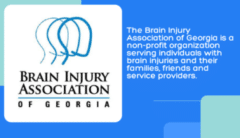
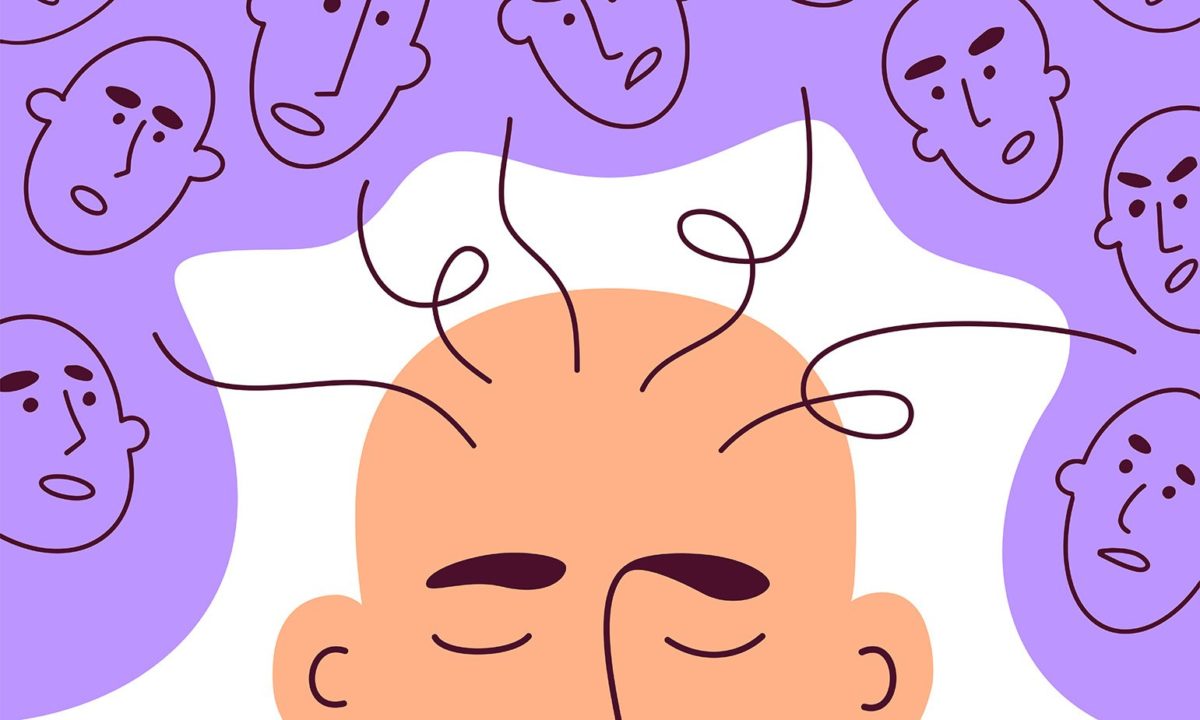

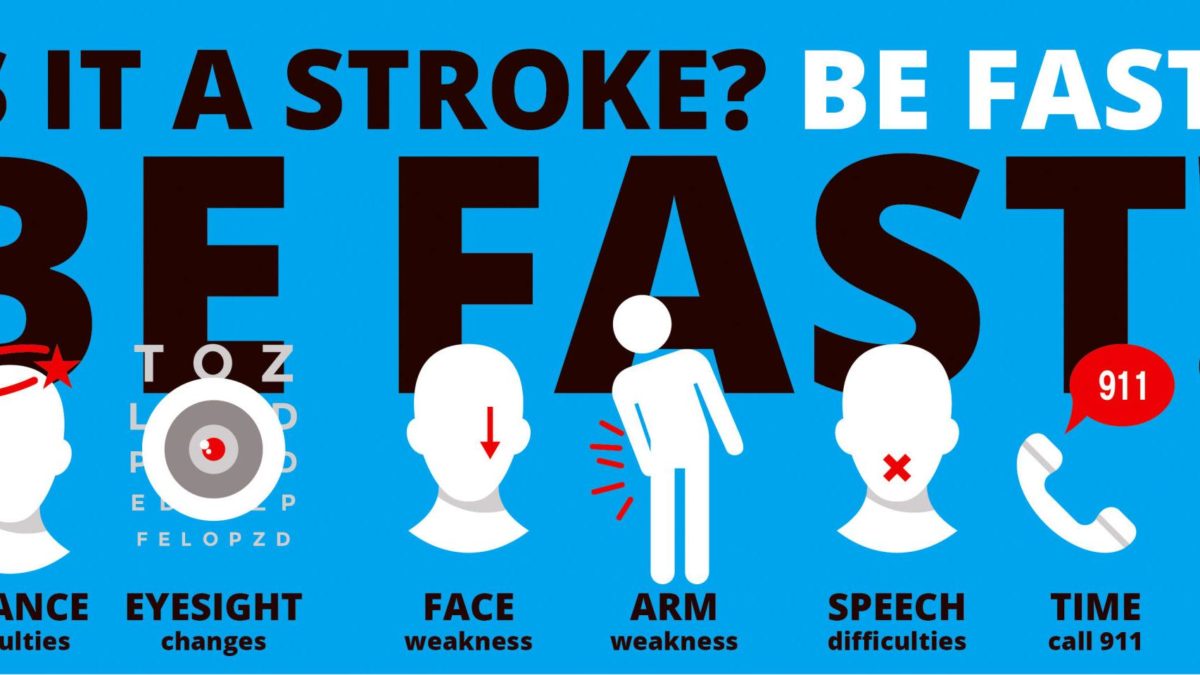

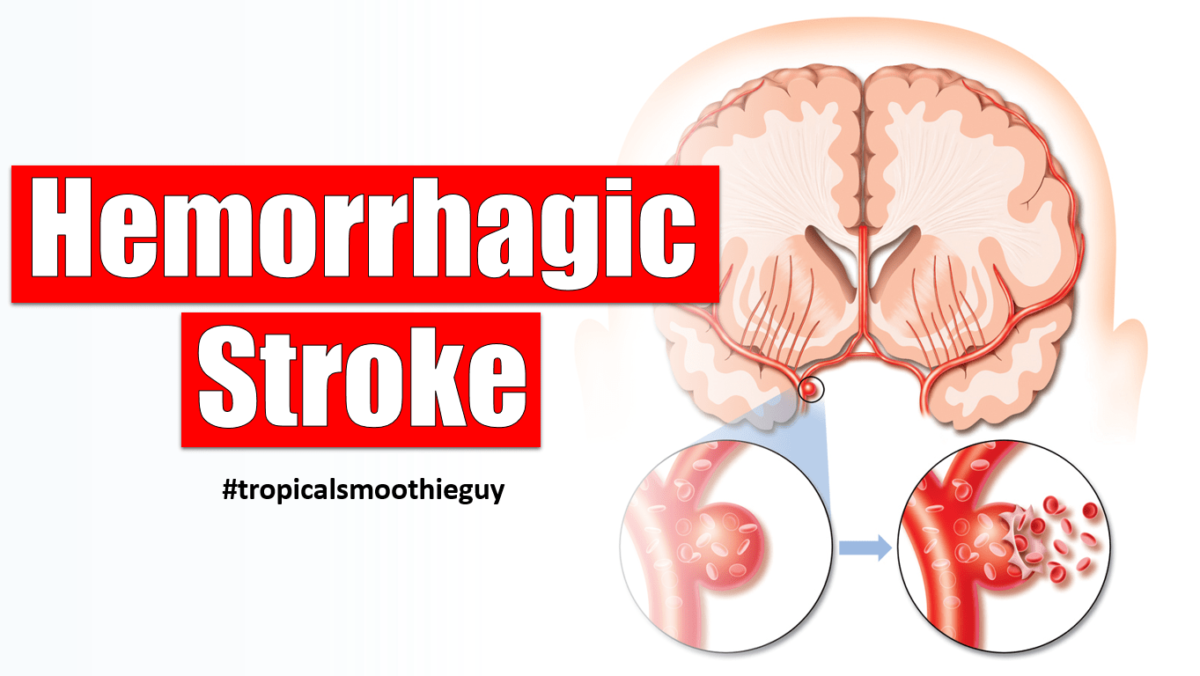

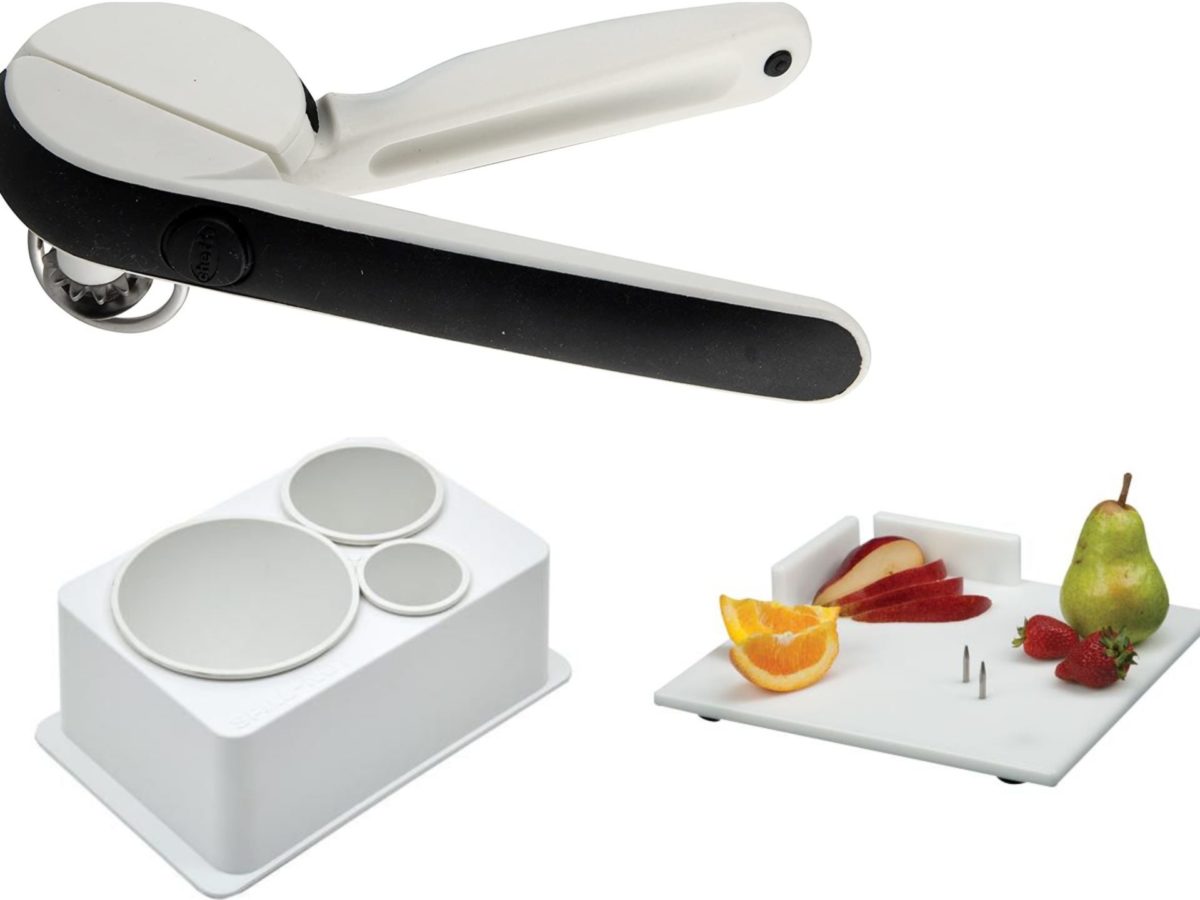
 As a stroke survivor, I share your concerns about one-handed ADLs that I read on Stroke Focus. My blog
As a stroke survivor, I share your concerns about one-handed ADLs that I read on Stroke Focus. My blog 













